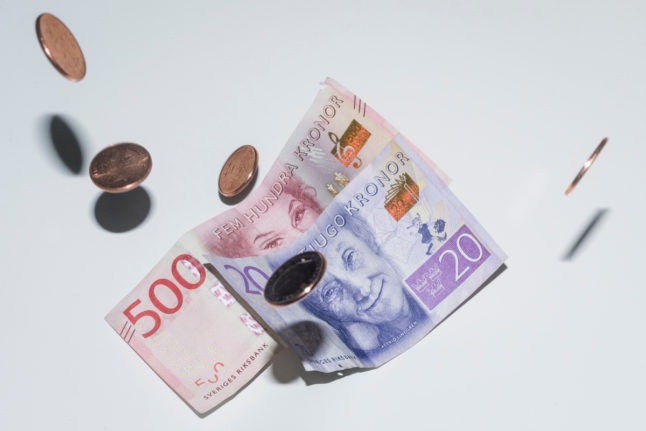Swedish ninth-graders (15-year-olds) scored 482 in mathematics (down 21 points compared to the latest survey in 2018) and 487 in reading (down 19 points on 2018) in 2022. Their results remained within the margins of error in science, with a score of 494 (down 6 points).
Sweden’s results are now only marginally better than they were in 2012, when they dropped so sharply that they provoked scathing criticism and calls for reforms of the school system. The country then managed to improve its results in 2018, leading to a collective sigh of relief.
Unlike in 2012, the new drop follows a global trend, the head of the Swedish National Agency for Education pointed out at a press conference. Sweden remains above the OECD average in all three subjects, which wasn’t the case when the 2012 survey was carried out.
School closures during the Covid-19 pandemic were one factor behind the unprecedented decrease across the OECD, with Pisa finding that “students in systems that spared more students from longer closures scored higher in mathematics and reported a greater sense of belonging at school”.
Fifteen percent of students in Sweden reported that their school building was closed for more than three months during the pandemic, compared to 51 percent of OECD students on average.
But school closures don’t appear to have been a decisive factor, with Sweden’s results falling more sharply than the OECD average (maths -15, reading -10, and no significant change in science).
The general decline also began before the pandemic, and some countries, such as Japan, were able to maintain or even improve their results in 2022 compared to the 2018 survey.
Perhaps more worrying for Sweden is the inequality when it comes to the best performers and the worst performers, between whom the gaps widened in both science and mathematics.
Socio-economically advantaged students in Sweden outperformed disadvantaged students by 99 score points in mathematics according to Pisa, which was similar to the OECD average.
Around 25 percent of all students in the study came from socio-economically disadvantaged homes, with the corresponding share higher at 48 percent among students with an immigrant background (parents born outside of Sweden).
But even when socio-economic factors were removed, non-immigrant students still outperformed their immigrant classmates by 34 score points in mathematics, and 49 points in reading.
A clear gender divide was also noted, with girls outperforming boys by 37 points in reading. In mathematics, 28 percent of boys and 26 percent of girls were considered low performers. But in reading, 18 percent of girls and 30 percent of boys recorded low scores.
Globally, Singapore topped the table in all three subjects. In the Nordics, Finland scored the highest in both reading and science (490 and 511) and Denmark scored the highest in mathematics (489).



 Please whitelist us to continue reading.
Please whitelist us to continue reading.
Member comments